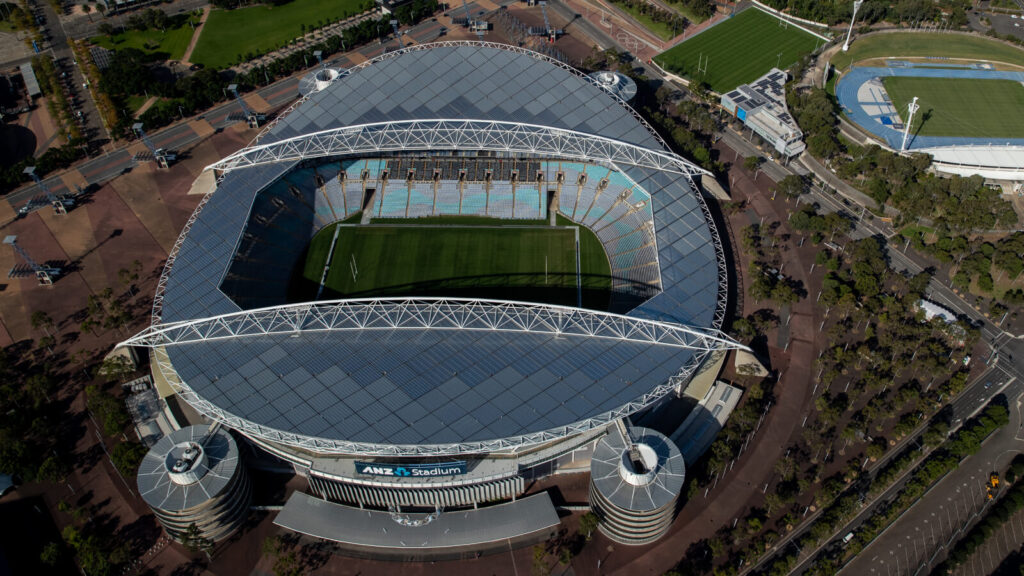Football, as well as rugby, is at the heart of Oceania’s sporting heritage. It may not be as globally recognized as Europe or South America for football culture. But Oceania does have many legendary stadiums. These stadiums have accounted for some of the greatest moments in sport history. They are havens for ardent fans, teams and memories that the ones here can never forget.
In our series of articles we highlighted the most iconic stadiums from all over the world.
And now the time has come for some of the iconic football stadiums in Australia and Oceania.
Accor Stadium, Sydney
Accor Stadium is the largest and most prominent stadium in the area. This stadium is also called Stadium Australia. Built for the 2000 Sydney Olympics, it has a seating capacity of over 80,000. The atmosphere at the stadium is charged, particularly for Socceroos games. As a piece of architecture, it also has an adjoining multi-purpose complex. It was initially built with an expandable seating complex to host a range of sports.
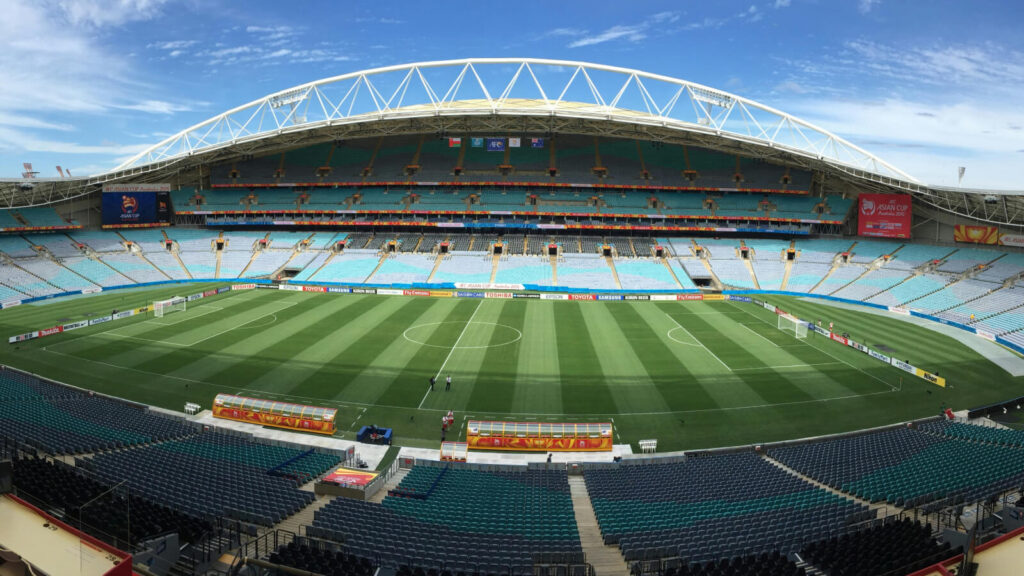
Accor Stadium has hosted A-League Grand Finals and FIFA World Cup qualifiers. It also hosted the famous 2023 FIFA Women’s World Cup Final. It was 2023’s most-watched women’s sport event on TV, securing its position in the history books. The venue also played a key role in Australia’s historic qualification for the 2006 FIFA World Cup. The stadium also features world-class facilities, corporate suites and an upgraded playing surface.
AAMI Park, Melbourne
AAMI Park is one of the best football-specific stadiums. It is home to both Melbourne City FC and Melbourne Victory. Having a seating capacity of about 30,000, it is one of the best atmospheres for association football. The dome design of the stadium enhances acoustic effects. This unique design brings cheers closer to players. Thereby, it’s a fortress for the home sides – further energizing crowds during matches. Its closed configuration ensures spectators get close to action.

AAMI Park has seen many international friendlies of Australian football. It has hosted FIFA World Cup qualification matches and top-end A-League showdowns. It also houses state-of-the-art training and medical facilities. AAMI Park is developed with an athlete-first design. This sets it among the most technologically sophisticated football facilities in the nation.
Suncorp Stadium, Brisbane
Suncorp Stadium is considered to be among the finest football stadiums in Australia. Known for creating an ominous atmosphere, this stadium enhances fan experience. Seating 52,500 people, the stadium features steep stands that bring the crowd close to the field. The modern architecture combines functionality with form, providing great visuals and acoustics.
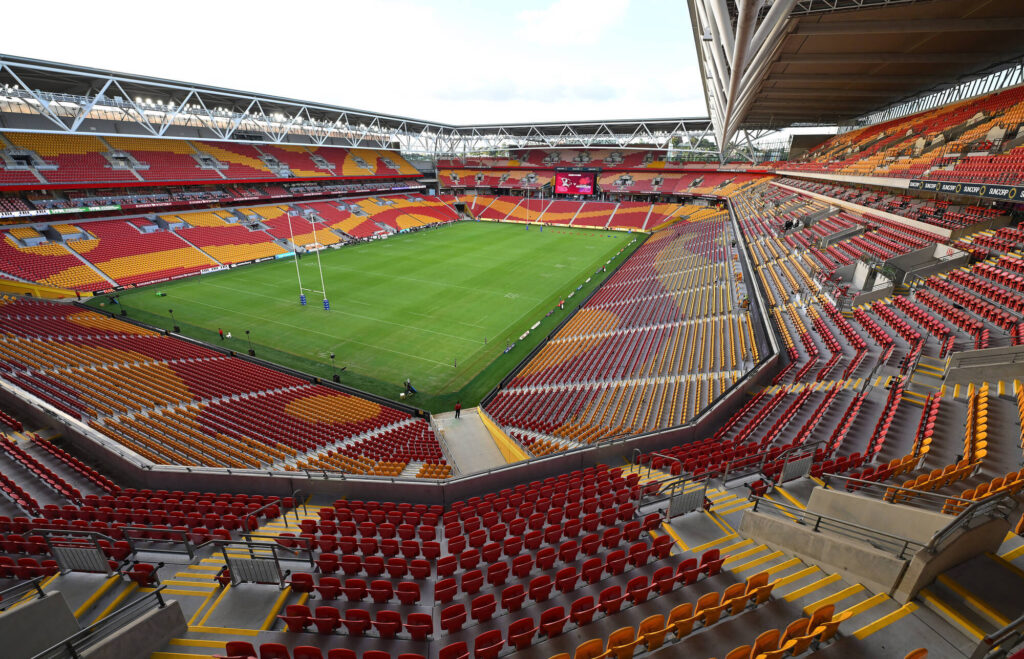
Suncorp is further cementing its reputation as Queensland’s football stronghold. It has played host to various Socceroos fixtures and AFC Champions League matches. The stadium also boasts luxury hospitality spaces, state-of-the-art video and lighting infrastructure. With superior transport links, it is an ideal venue for major international competitions.
Eden Park, Auckland
Eden Park is New Zealand’s most iconic sporting ground. Eden Park has a seating capacity of approximately 50,000. Fans enjoy a lively atmosphere, particularly with the All Whites or A-League teams. Its design combines tradition with contemporary facilities, providing a world-class experience.
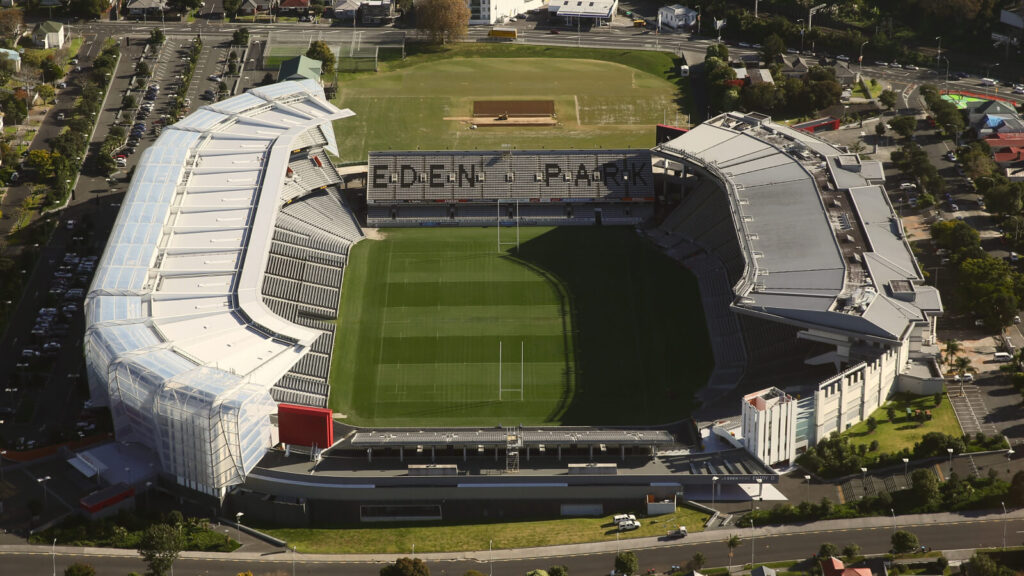
Eden Park was instrumental in the 2023 FIFA Women’s World Cup. Many of the important matches took place at this stadium. This stadium offers a venue for international tournaments and local leagues alike. The stadium is under continuous upgrade, including extra fan features and enhanced accessibility. These developments continue to render it a top football destination in the region.

Sky Stadium, Wellington
Wellington Regional Stadium is also known as the Sky Stadium. It is often referred to as “Cake Tin” because of its cylindrical shape. Sky Stadium serves as Wellington Phoenix FC’s home ground. The stadium accommodates a balanced 34,500 seats. It also offers a vibrant and cozy footballing atmosphere. The green-coloured stadium design is tough enough to withstand Wellington’s turbulent weather conditions. This design of the stadium gives excellent visibility to spectators.
Sky Stadium is an important stadium for football in Oceania. This stadium hosted OFC Nations Cup matches, FIFA World Cup qualifiers and games. Along with hosting, it has been crucial in football development at the grassroots level. The stadium actively supports youth tournaments and community events.
HBF Park, Perth
HBF Park is also called the Perth Rectangular Stadium. It’s a venue that is Perth-specific for football and is the home ground for Perth Glory FC. The stadium itself has a 20,500 capacity and is an intimate and close match-day experience with fans. The rectangular shape creates an electric atmosphere and brings fans closer to action. The open-air stands of the stadium and small capacity allow greater interaction.
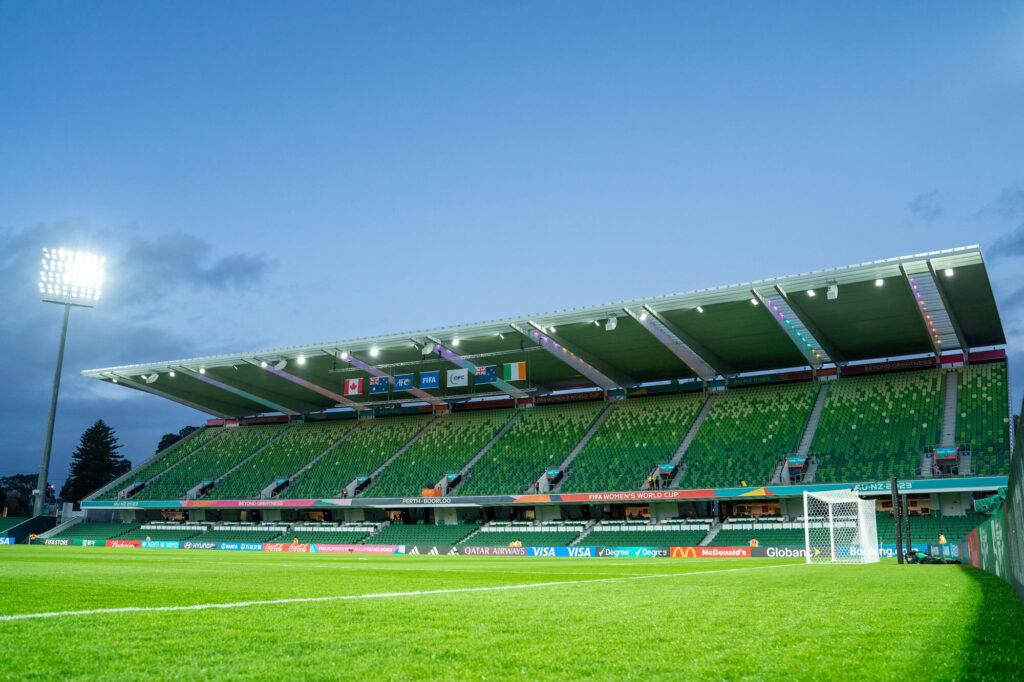
HBF Park has played host to A-League games and international friendlies. It has also hosted FIFA World Cup qualification matches. These games have helped boost the sport in the state further. The stadium has also been refurbished with added seating comfort and technological upgrades. Its enhanced facilities for the players, renders the facility world-class for football.
Optus Stadium, Perth
Perth Stadium, currently known as Optus Stadium, is Australia’s most aesthetically pleasing stadium. It has a seating capacity of 60,000. Although the main use is for AFL and cricket, it has also been used for football matches. It has hosted many European club-friendly matches and Socceroos games. The stadium’s contemporary design boasts an LED-lit facade and high-end seating arrangements. The stadium offers a premier experience for fans.
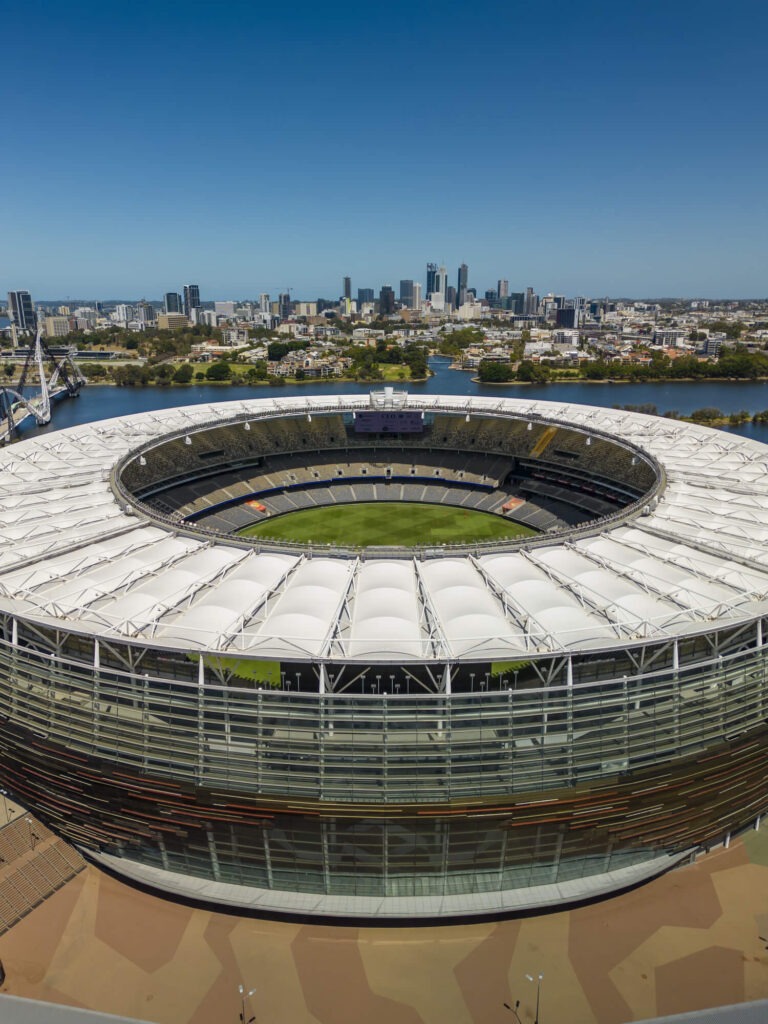
Optus Stadium’s football role is increasing still, with growth in international interest. The stadium has already seen proposals for more premium games in the future. This stadium features retractable seating configuration, advanced pitch management and cutting-edge hospitality facilities. It was also one of the host venues for the 2023 FIFA Women’s World Cup.
The Future of Football Stadiums in Oceania
As football grows in Australia and Oceania, stadium infrastructures are getting more investments. Upcoming developments look to enhance the spectating experience, raise capacities, and upgrade amenities. Soon, stadiums would be able to host more global competitions. Whether through passion, history or energy, these stadiums shape football in the continent. These stadiums will keep bringing fans together and making football history. As the sport grows, they will become even bigger and better.
